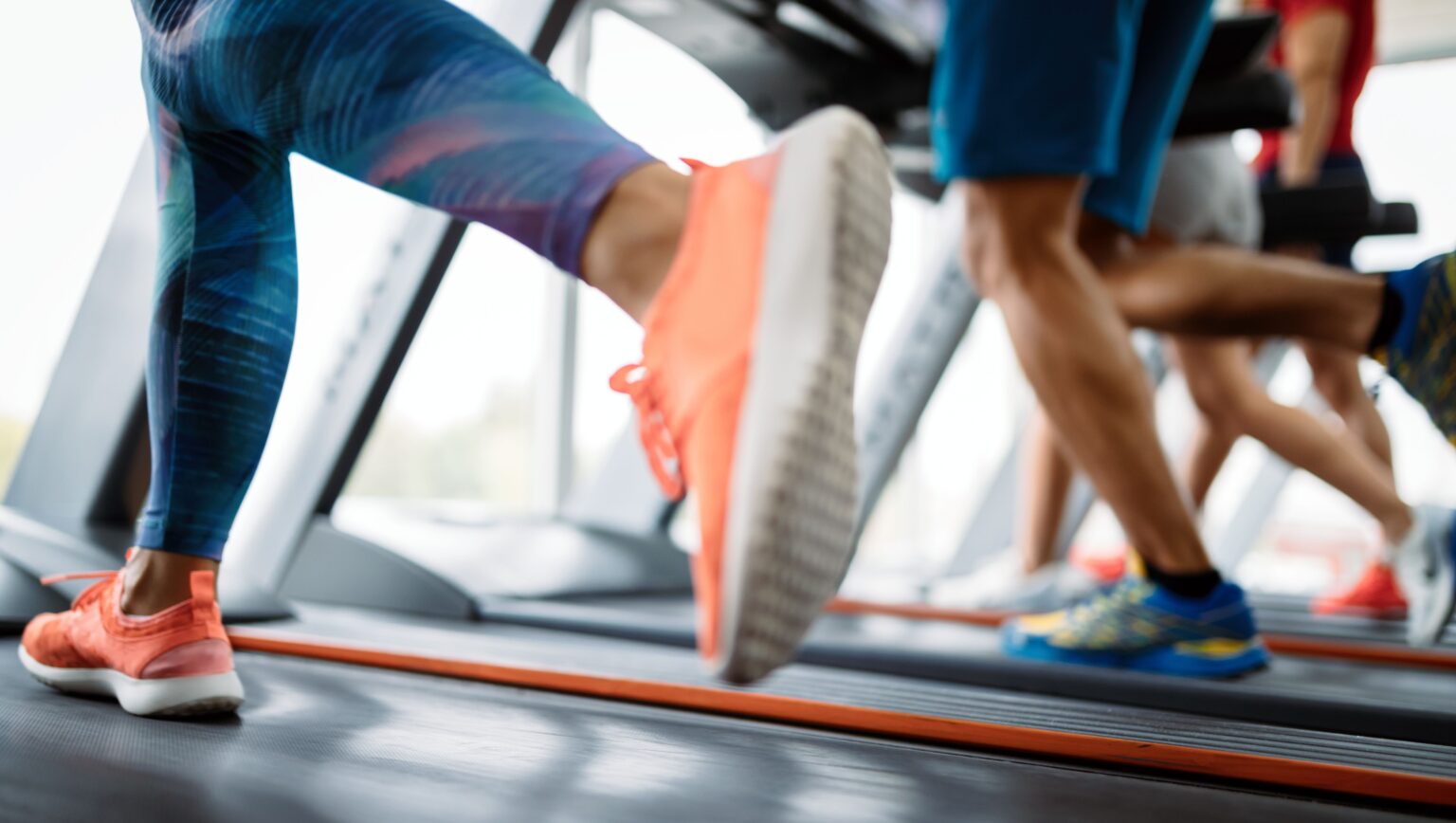If you have a herniated disk, also called a slipped or bulging disk, walking on a treadmill can serve as an important part of your rehabilitation plan, according to Cleveland Clinic. When done with proper form and guidance from a physical therapist, walking on a treadmill can help reduce pain, enhance recovery, and prevent further disk problems.
What Is a Herniated Disk?
Your spine is made of bones called vertebrae that are stacked in a column. In between each vertebra, flat, round disks act as shock absorbers, according to Cleveland Clinic. These soft cartilage pads have a gel-like center surrounded by a fibrous outer layer called the annulus.
A herniated disk occurs when the soft gel from the center of the disk pushes out through a tear or crack in the outer layer of the disk, according to Cleveland Clinic.
As you age, your disks lose water content and become more vulnerable to degeneration and herniation, according to Cleveland Clinic. Too much pressure on the spinal cord — due to lifting heavy objects or, more rarely, due to spinal trauma such as an accident — can cause a disk to herniate. Weak muscles, an inactive lifestyle, and obesity may contribute to the risk of a herniated disk as well, according to MedlinePlus.
Symptoms of a Herniated Disk
A herniated disk can cause pain in your neck, back, or leg, depending on where the damaged disk is located and how it presses against nerves that surround the vertebrae, according to Mayo Clinic.
A slipped disk in your lower back can cause pain in your back, buttocks, and leg, and pain may even reach down to your foot. If you herniate a disk in your neck, you’ll likely feel pain in your neck, shoulders, arms, and possibly your hands and fingers. Movement can cause pain that shoots down your arm or leg. You may also feel numbness, tingling, or weakness in the parts of your body affected by the herniation, according to Mayo Clinic.
Exercise and Herniated Disk Recovery
Exercise can be effective in the treatment and prevention of herniated disks, particularly movements that strengthen and stabilize your lower back muscles, according to Mayo Clinic. Strong back muscles provide greater support to your spine and take pressure off your spine, according to Harvard Health Publishing. Exercise also supports weight loss, and improved flexibility and endurance. These benefits are good for spinal health.
Walking, including walking on a treadmill, can be helpful, especially when combined with muscle-strengthening activity that targets your back and abdomen, according to the Spine Health Foundation. Speak with your healthcare provider or get a referral to a physical therapist who can recommend lumbar stabilization exercises to improve your posture, strength, and flexibility, according to StatPearls.
Most people can recover from a herniated disk in four to six weeks, according to Cleveland Clinic. Talk with your doctor before you try to do any significant physical activity if you have a herniated disk.
When you’re ready, start your exercise program slowly. Walk just 5 to 10 minutes on your first day. Then increase the time by a few minutes each day until you work your way up to 30 minutes a day, according to the American Academy of Orthopaedic Surgeons.
Begin each session by stretching gently, and avoid running initially to prevent compression of your spine, according to a study published in January 2024 in the journal Sports Health. When you’re early in the recovery process, walk on a treadmill without incline to prevent excess stress on your lower back muscles. Walk on a flat surface until your symptoms improve significantly.
Any activities that cause pain should be avoided when you have a herniated disk.
Read the full article here




